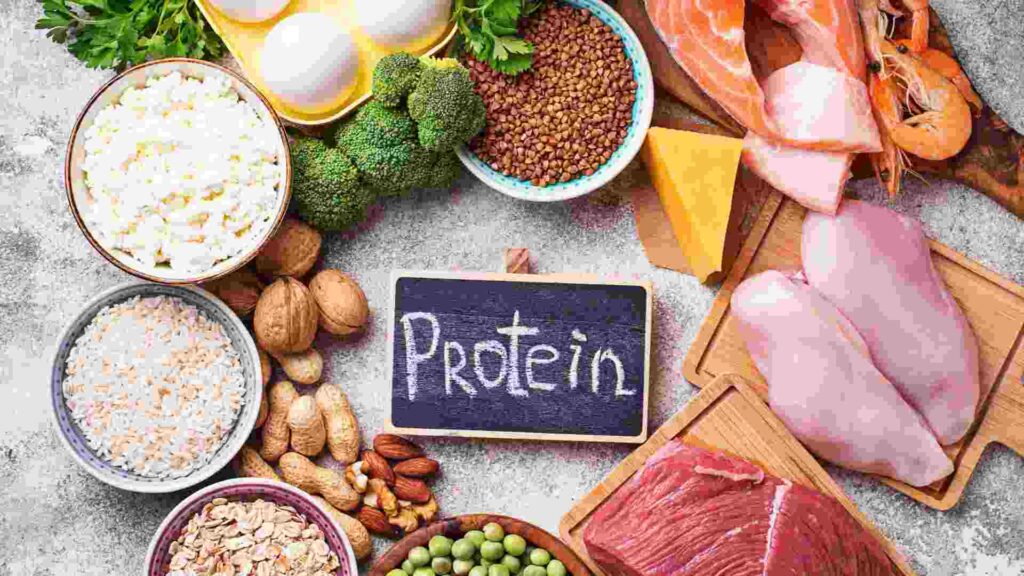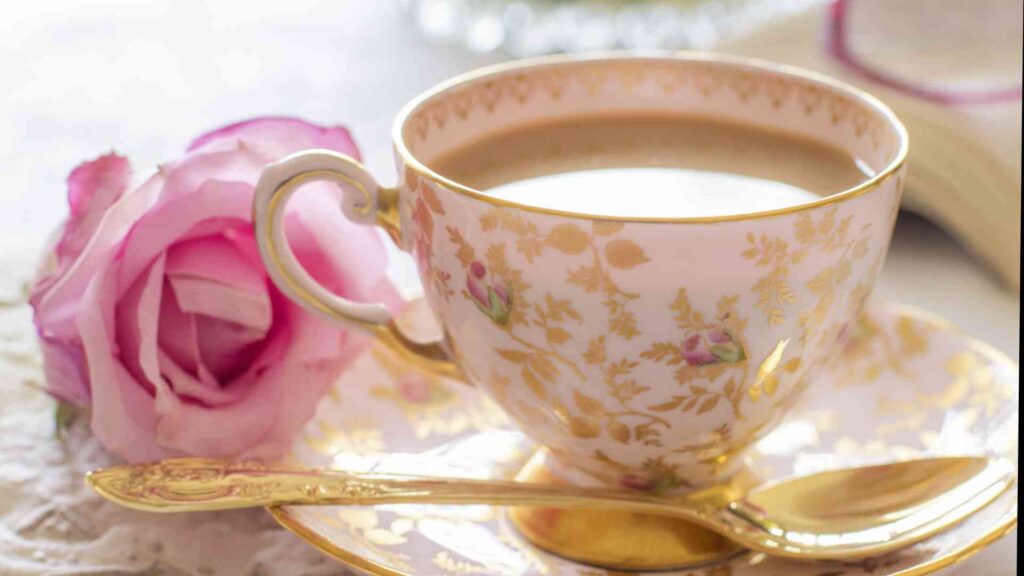Discover comprehensive information for all aspects of sexual health and find resources and guidance to empower your sexual well-being.
Painful erections never indicate normalcy, and sometimes signal a medical emergency. Severe pain may necessitate…
Discover comprehensive information for all aspects of sexual health and find resources and guidance to empower your sexual well-being.
Painful erections never indicate normalcy, and sometimes signal a medical emergency. Severe pain may necessitate…
Erectile dysfunction (ED) means having trouble getting or keeping an erection that’s good enough for…
The underlying cause as well as the severity of pain determine the varied treatment approaches…
The pelvic floor muscles are the unsung heroes of our body’s core, providing support to…
Sleep-related painful erection (SRPE) is a rare condition where people get painful erections while they’re…
Feeling nervous about sexual performance, known as Sexual Performance Anxiety (SPA), is pretty common. But…
Commitment issues can often manifest in romantic relationships, work, and other personal or professional spheres.…
The body utilizes metabolism to convert food into the energy necessary for survival and function. Factors such as aging and genetics frequently cause a slowdown in metabolism. However, adopting healthy habits such as proper nutrition and regular exercise can help boost metabolism. Here are 10 foods that boost metabolism to incorporate into your diet:
Table of Contents
Toggle
Protein-rich foods have the potential to boost your metabolism for several hours, as they require more energy for digestion. This phenomenon is known as the thermic effect of food (TEF) or diet-induced thermogenesis.
TEF refers to the calories your body spends to break down and process the nutrients in your meals. Research indicates that protein-rich foods stimulate TEF the most. For instance, they can elevate your metabolic rate by 15–30%, compared to 5–10% for carbohydrates and 0–3% for fats.
Examples of protein-rich foods include lean meat, fish, eggs, dairy products, beans and legumes, nuts, and seeds.
Additionally, protein-rich diets may help mitigate the decline in metabolism often observed during weight loss by preserving muscle mass.
Moreover, protein has the potential to increase satiety, keeping you feeling fuller for longer periods and potentially preventing overeating.

Both iron and selenium are essential minerals that play distinct yet equally crucial roles in maintaining proper bodily functions.
However, they share a commonality: Both are necessary for the optimal functioning of your thyroid gland, which regulates metabolism.
Studies indicate that inadequate dietary intake of iron or selenium may impair the thyroid gland’s ability to produce adequate hormone levels, potentially resulting in a slowdown of metabolism.
To support your thyroid’s optimal function, it’s important to include foods rich in selenium and iron in your daily diet. These may include meats, seafood, legumes, nuts, and seeds. Incorporating these nutrient-rich foods into your meals can help ensure that your thyroid has the resources it needs to function effectively.

Coffee contains caffeine, which has been shown to potentially increase metabolic rate.
Research suggests that certain compounds in coffee can aid in regulating the body’s metabolism of lipids, or fats.
Moreover, caffeine may enhance the body’s ability to burn fat for energy. Previous studies have indicated that it can particularly improve workout performance.
However, the impact of caffeine on metabolism may differ among individuals, influenced by factors such as body weight and age.

Capsaicin, a compound found in chili peppers, has been linked to a slight increase in metabolic rate, leading to the burning of more calories.
Research, including a review of studies, suggests that capsaicin, whether from supplements or chili peppers themselves, may contribute to weight reduction and overall health benefits.
Some studies have reported similar positive effects with relatively low doses of 6–10 milligrams (mg) per day, which can be equivalent to consuming just one jalapeño pepper.
Furthermore, capsaicin may possess appetite-suppressing properties. A review of studies involving nearly 200 individuals found that consuming at least 2 mg of capsaicin before meals appeared to reduce calorie intake, particularly from carbohydrates.
Adding cayenne pepper to meals might also increase the amount of fat burned for energy, especially following a high-fat meal. However, this fat-burning effect may be more pronounced in individuals who are not accustomed to consuming spicy foods.
Nevertheless, research findings on capsaicin’s ability to boost metabolism are somewhat inconsistent.

Tea contains catechins, compounds known for their health benefits, which may collaborate with caffeine to enhance metabolic rate.
Studies suggest that both oolong and matcha green tea have the potential to increase fat oxidation, aiding in burning additional calories, particularly when integrated into an exercise regimen.
Furthermore, oolong and green teas may assist the body in utilizing stored fat for energy more efficiently, thereby enhancing fat-burning capabilities.
However, similar to coffee, the effects of tea on metabolism may vary among individuals.

Ginger and related spices are believed to possess notable metabolism-boosting properties, potentially contributing to weight management, obesity prevention, and enhanced energy metabolism.
For example, previous studies suggest that consuming 2 grams of ginger powder dissolved in hot water with a meal may increase calorie burning by up to 43 more calories compared to drinking hot water alone. Additionally, this ginger-infused drink may help reduce hunger levels and promote feelings of fullness.
Another spice within the ginger family, grains of paradise, may yield similar effects. Research indicates that its consumption could elevate the body’s resting energy expenditure.
However, it’s important to note that individual responses to these spices may vary, and further research is necessary to fully understand their metabolic impacts.

Legumes and beans stand out for their high protein content compared to other plant-based foods. Examples include lentils, peas, chickpeas, black beans, and peanuts.
Research suggests that their abundance of protein necessitates a higher caloric expenditure for digestion, compared to foods with lower protein content. This is attributed to their Thermic Effect of Food (TEF), whereby the body expends energy to digest and process nutrients.
Moreover, legumes are rich sources of dietary fiber, encompassing resistant starch and soluble fiber. These components serve as prebiotics, nourishing the beneficial bacteria in the large intestine.
As a result, these friendly bacteria produce short-chain fatty acids, which may aid in the more efficient utilization of stored fat for energy and help maintain stable blood sugar levels.

Cacao and cocoa, in addition to being delicious treats, may offer benefits for metabolism.
Research indicates that flavonoids present in cacao and its byproducts may support metabolic functions and assist in reducing hypertriglyceridemia, a condition characterized by elevated levels of triglycerides in the blood.
Furthermore, a review of studies suggests that cocoa and dark chocolate consumption may contribute to weight reduction, a factor linked to decreased risk of metabolic and cardiovascular disorders.
However, it’s important to note that further human studies are necessary to establish conclusive evidence regarding these effects.
For those interested in trying cacao, it’s advisable to choose raw versions whenever possible. Processing tends to diminish the levels of beneficial compounds while often adding extra sugar and calories.

Berries, like blueberries and strawberries, have low calories and high fiber content. Fiber actively promotes overall weight loss by reducing appetite.

Ensuring adequate water intake is crucial for staying hydrated. Moreover, earlier studies suggest that drinking water can temporarily elevate metabolism by approximately 24–30%.
Researchers have found that around 40% of this increase can be attributed to the additional calories required to raise the water’s temperature to match that of the body, a phenomenon known as water-induced thermogenesis.
However, it’s worth noting that these effects seem to diminish after 40–90 minutes post-consumption, and the extent of the effect may vary among individuals.
While certain foods can contribute to a slight increase in metabolic rate and aid in calorie burning, it’s important to recognize that solely relying on these foods is not a solution for weight management.
Regular consumption of these foods that boost metabolism may indeed support weight loss efforts over time, but they cannot compensate for a poor-quality diet overall. For effective and lasting weight loss and weight management, it’s essential to adopt a holistic approach.
This approach involves gradually reducing calorie intake while prioritizing whole, minimally processed foods. By making sustainable dietary choices and focusing on overall nutritional quality, you can achieve your weight loss goals and maintain a healthy weight in the long term.
References
Dr. Nishtha, a medical doctor holding both an MBBS and an MD in Biochemistry, possesses a profound passion for nutrition and wellness. Her personal journey, marked by significant struggles with physical and mental health, has endowed her with a unique empathy and insight into the challenges countless individuals face. Driven by her own experiences, she leverages her background to offer practical, evidence-backed guidance, empowering others on their paths to achieving holistic well-being. Dr. Nishtha truly believes in the interconnectedness of the mind and body. She emphasizes the significance of understanding this connection as a crucial stride toward attaining balance and happiness in life.

